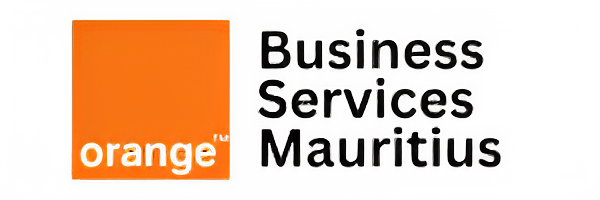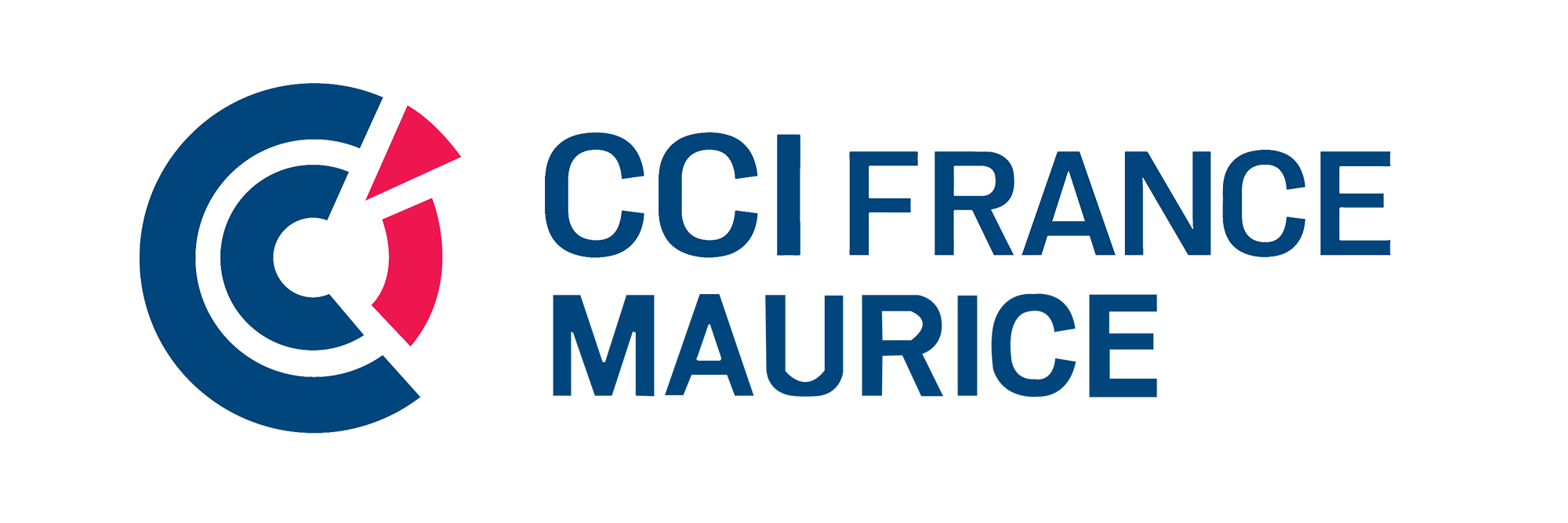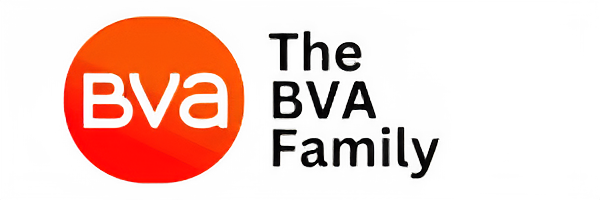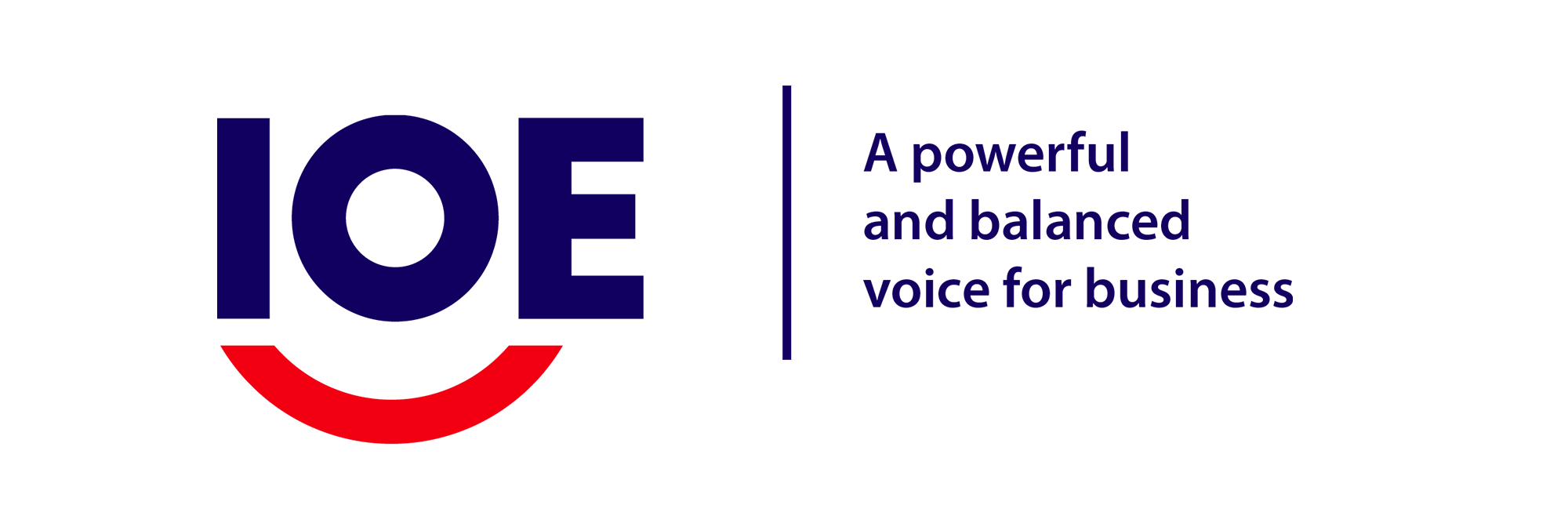How do you build trust and accountability when your team is spread across different time zones, cultures, and communication styles? With remote and hybrid work now the norm, this question has become central for global organizations. According to Gartner, 71% of companies now employ remote or distributed teams, yet many still struggle with collaboration, transparency, and performance management. When team members rarely meet in person, traditional management systems like physical supervision or informal office conversations no longer work. Instead, leaders must rely on clear communication frameworks, shared expectations, cultural awareness, and digital trust systems.
However, trust in global teams does not happen automatically. It must be built intentionally. The good news is that when trust and accountability are embedded into daily workflows, teams become not only more aligned but also more innovative, autonomous, and resilient. In fact, research from Harvard Business Review shows that high-trust teams are 50% more productive. This article explains how to build that foundation step by step.
What Does Trust Look Like in a Global Remote Team?
Trust in remote teams means that team members believe others will deliver their work, communicate honestly, and act in the team’s interest. This trust is both interpersonal (between colleagues) and operational (in shared systems and processes).
Key Elements of Trust in Distributed Work
Reliability: People do what they say they will do.
Transparency: Information is shared openly and proactively.
Empathy: Individuals understand and respect cultural and personal differences.
Consistency: Expectations, feedback, and goals are stable and clear.
In global teams, trust must be built on predictability rather than presence. You can’t “see” someone working, but you can see their communication patterns, follow-through, and outcomes. That is where accountability comes in.
How Does Accountability Work in a Remote Global Team?
Accountability means that each person knows what they are responsible for and how their work will be evaluated. To be effective in a remote environment, accountability must be visible, measurable, and shared.
How to Create Accountability Without Micromanaging
Define responsibilities clearly
Every team member should know exactly what they own.Use shared dashboards or project boards
Tools like ClickUp, Notion, Asana, or Trello make work progress visible.Agree on communication response times
For example: “Slack messages: 4 hours. Emails: 24 hours.”Review work outcomes, not hours worked
Focus on results, not presence.
A Stanford study found that remote workers who tracked goals and outcomes were 13% more productive than in-office teams, particularly when expectations were structured.
Communication: The Foundation of Trust in Remote Teams
Communication must be intentional because remote teammates cannot rely on visual cues or hallway conversations. The goal is to communicate early, clearly, and consistently.
Best Practices for Remote Communication
Use video when context or tone matters.
Use written documentation for alignment and decision-making.
Keep meetings structured, with clear outcomes and next steps.
Encourage async communication to respect time zones.
Practical Tools
| Tool | Purpose |
|---|---|
| Slack / Teams | Daily communication |
| Loom | Video explanations to reduce meetings |
| Zoom / Meet | Strategy and alignment discussions |
| Notion / Confluence | Shared knowledge database |
A remote team that communicates clearly reduces misunderstandings and builds trust faster even across cultures.
The Role of Culture and Inclusion in Trust-Building
Cultural differences can create tension if not understood. But when embraced, they become a source of innovation and creativity.
How to Foster Inclusion and Cultural Respect
Learn about cultural communication norms (direct vs indirect, formal vs informal).
Rotate meeting times to share time-zone inconvenience.
Encourage local decision-making instead of centralized control.
Celebrate cultural events from different regions.
According to McKinsey, diverse and inclusive teams outperform others by 35% in problem-solving and innovation. Trust grows when people feel seen and valued, not just productive.
Performance Measurement: Focus on Outcomes, Not Presence
Remote teams thrive when performance is measured by impact, not hours. To do this effectively:
Use a Clear Outcome-Based Performance Framework
Define success metrics for each role.
Set quarterly OKRs (Objectives & Key Results).
Schedule regular feedback conversations (not just annual reviews).
Make performance discussions two-way, not top-down.
This reinforces both accountability and empowerment.
Practical Systems That Strengthen Trust Daily
Here are processes you can implement immediately:
Weekly team check-ins with clear agenda
Monthly 1:1 performance and well-being reviews
Transparent goal setting and tracking
Peer recognition and appreciation rituals
Conflict resolution guidelines
Trust is not built in large gestures it is built in repeatable habits.
Building trust and accountability in global remote teams is not about controlling people it’s about empowering them with clarity, transparency, and shared purpose. When expectations are clearly defined, communication is structured, and contributions are recognized, teams become more autonomous and more committed. Trust builds ownership. Accountability builds performance. Together, they form the foundation of high-performing global teams no matter the distance, culture, or time zone.
If your organization wants to unlock the full power of distributed talent, now is the time to invest in systems that build trust every day.













